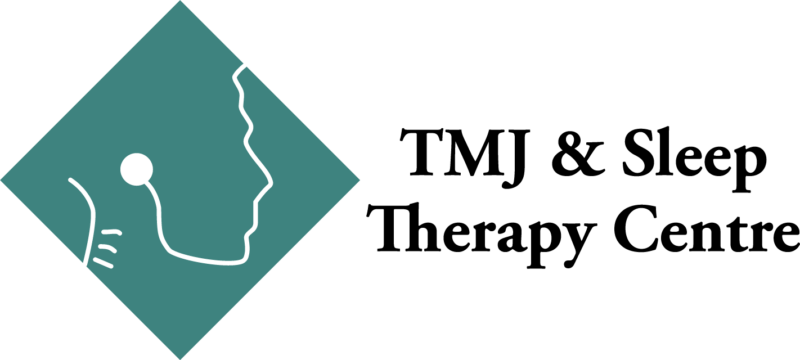Are you suffering from issues in your TM joints, the joints that connect your upper and lower jaw on each side of your head? Are you afflicted with pain in your face and neck, headaches, snoring, sleep breathing disorder, and/or sleep apnea?
TMJ disease – known as TMD – has a history of being treated with surgery. But surgery is invasive and traumatic, and it offers a poor prognosis. Non-surgical therapies are almost always a better option.
Let’s consider the case of Teresa, a 39-year-old music teacher suffering from 13 years of debilitating neck pain. She also endured shoulder pain, headaches, and sleep issues. She woke up fatigued and dragged herself through the day. Not surprisingly, she was also depressed. Who wouldn’t be?
Teresa ended up in our offices after years of doctors, treatments, and drugs that all proved ineffective. She begged for relief from her neck pain.
Teresa’s Neck Pain Started With Her Breathing
After a thorough workup, we determined that Teresa had tongue-tie, which prevented her tongue from moving freely. She also had TMD and a deviated septum. All of these prevented her from breathing normally, and to compensate, she was unconsciously thrusting her head forward to breathe. The result was a constant strain on her neck and fitful sleep.
Teresa was shocked when we suggested that she address her tongue-tie, her deviated septum, and her TMD. After all, she came to us for relief from neck pain. But her neck pain, and many of her other issues resulted from her breathing problems and TMD.
Teresa had consulted with good practitioners over the years who attempted to address the symptoms about which she complained. They failed to diagnose the cause of the pain, and so their treatments inevitably failed.
Once her nasal obstruction was conservatively addressed by an ENT, and her tongue-tie was released with a mild laser procedure, her breathing was restored and she experienced a cascade of improvement. After that, her jaw pain and facial pain were corrected using intraoral orthotics, appliances that specifically re-orient the jaw bones into an orthopedically-stable position.
During the course of her 13 years, Teresa had been referred for neck surgery. Fortunately, she never went under the knife. Neck surgery is risky and would not have solved her problem. Teresa’s neck wasn’t the issue. We never limit ourselves to the physical element of disease. Human health requires attention to the chemical/nutritional and mental/spiritual as well.
We directed Teresa to a nutritionist, to help her make dietary changes to reduce inflammation, which allows the body’s immune system to do its job. She also consulted a psychologist to adjust to a new way of living. These are her words: “I am pain-free for the first time in nearly 13 years and loving life, just enjoying being able to do whatever I want to do.”
Most TMD can be treated with appliances that avert the need for the trauma of surgery, cost way less and deliver superior benefits.
